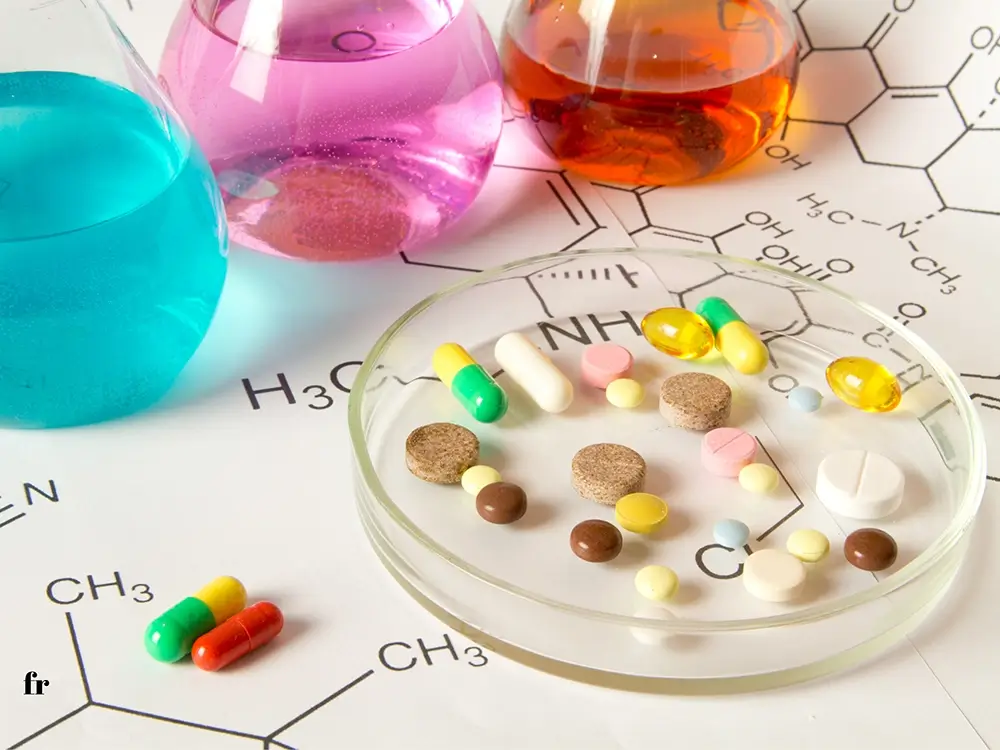Address
304 North Cardinal St.
Dorchester Center, MA 02124
Work Hours
Monday to Friday: 7AM - 7PM
Weekend: 10AM - 5PM
Address
304 North Cardinal St.
Dorchester Center, MA 02124
Work Hours
Monday to Friday: 7AM - 7PM
Weekend: 10AM - 5PM

MOGAD (Myelin Oligodendrocyte Glycoprotein Antibody Disease) is an inflammatory autoimmune disorder that causes demyelination in the central nervous system (CNS). In this condition, proinflammatory cytokines such as IL-6 and TNF-α increase in the CNS through the action of T cells and antibodies. This elevated cytokine environment directly affects neurotransmitter systems responsible for communication between brain cells. Research shows that inflammation disrupts the synthesis, release, and reuptake of neurotransmitters like dopamine, serotonin, and glutamate.
Particularly, dysfunction of astrocytes responsible for glutamate reuptake leads to synaptic glutamate accumulation, causing excitotoxicity that contributes both to neurodegeneration and neuropathic pain. Cytokines also shift tryptophan metabolism away from serotonin production toward the kynurenine pathway, reducing serotonin precursor availability. Accumulation of neurotoxic metabolites such as kynurenic and quinolinic acids further exacerbates neurological damage.
Ultimately, brain inflammation in MOGAD results in significant neurotransmitter imbalances that underlie many of the disease’s neuropsychiatric symptoms.
⸻
1. Serotonin (5-HT): A Declining Balance
Inflammation shifts tryptophan metabolism away from serotonin synthesis toward the kynurenine pathway. This leads to reduced serotonin levels, manifesting as depression, anxiety, sleep disturbances, and mood instability.
Therapeutic approach:
• SSRIs (e.g., Sertraline, Citalopram) and SNRIs (e.g., Duloxetine) increase synaptic serotonin levels.
• These medications also suppress proinflammatory cytokines like IL-6 and TNF-α, providing both psychiatric and immunological benefits.
• Duloxetine, as an SNRI, is particularly effective when neuropathic pain coexists.
⸻
2. Dopamine: When Motivation Chemistry Falters
Dopamine is central to motivation, movement, reward processing, and attention. Chronic inflammation disrupts dopamine synthesis and release, resulting in symptoms such as asthenia (fatigue), anhedonia (loss of pleasure), attention deficits, and overall lack of motivation.
Therapeutic approach:
• Although not a primary treatment for MOGAD, dopamine agonists like pramipexole or dopamine-norepinephrine reuptake inhibitors like bupropion may be considered in specific cases.
• These agents are used in Parkinson’s disease and treatment-resistant depression. While MOGAD-specific data are limited, the neurobiological rationale is strong.
⸻
3. Glutamate: The Risk of Excitotoxicity
Glutamate is an excitatory neurotransmitter involved in learning and memory. During inflammation, astrocytes responsible for glutamate reuptake are impaired, leading to glutamate accumulation at synapses. This causes excitotoxicity, contributing to neuropathic pain and neurodegeneration.
Therapeutic approach:
• While glutamate is not directly targeted, pregabalin and gabapentin help suppress excessive neuronal signaling.
• Duloxetine or low-dose amitriptyline are also used to manage neuropathic pain related to glutamate dysregulation.
⸻
4. GABA: The Inhibited Inhibitor
GABA is the brain’s primary inhibitory neurotransmitter. Inflammatory processes may suppress GABA levels, resulting in increased neural excitability, anxiety, sleep disorders, and irritability.
Therapeutic approach:
• Although GABAergic medications are not routinely used, agents like pregabalin and short-term benzodiazepines can help restore this balance.
• For sleep disturbances or spasticity, low-dose amitriptyline or baclofen may be effective options.
⸻
5. β-Endorphin: Bridging Pain and Mood
Chronic inflammation can lower levels of β-endorphins—natural pain-relieving and mood-enhancing neuropeptides. This contributes to heightened pain sensitivity, emotional flattening, and general discomfort.
Therapeutic approach:
• Physical activity, psychotherapy, and social support are essential to enhance β-endorphin release.
• These supportive interventions significantly improve patients’ overall quality of life alongside pharmacological therapy.
⸻
Conclusion: A Neurochemical Framework for MOGAD Management
In MOGAD, both the immune system and brain chemistry must be addressed. Dysregulations in serotonin, dopamine, glutamate, GABA, and β-endorphin systems are at the root of many symptoms, including depression, anxiety, fatigue, pain, and cognitive dysfunction.
An ideal treatment plan should:
• Suppress inflammation (e.g., steroids, plasmapheresis, immunosuppressants),
• Manage neurotransmitter imbalances (e.g., antidepressants, dopaminergic agents, anticonvulsants),
• And incorporate supportive measures such as psychotherapy, physical activity, and social engagement.
This multi-layered neuroimmune approach supports not only physical recovery but also emotional and cognitive well-being in individuals with MOGAD.
References:
CSF cytokine/chemokine profile of MOGAD
https://pmc.ncbi.nlm.nih.gov/articles/PMC10011114
Critical neurotransmitters in the neuroimmune network
https://pmc.ncbi.nlm.nih.gov/articles/PMC4141874
Inflammatory cytokines and depression
https://pmc.ncbi.nlm.nih.gov/articles/PMC3741070
Cytokines and dopamine function
https://pubmed.ncbi.nlm.nih.gov/23000204
MOG antibody–associated disease: a review of clinical features and diagnosis
https://www.frontiersin.org/journals/neurology/articles/10.3389/fneur.2020.00778/full
Inflammatory cytokines and CNS neurotransmission
https://pubmed.ncbi.nlm.nih.gov/39050288
 Disclaimer:
Disclaimer:
The information provided here is for educational and informational purposes only and does not constitute medical advice. The discussion of medications such as corticosteroids, antidepressants, dopaminergic agents, and anticonvulsants is intended to enhance understanding of potential therapeutic strategies in MOGAD.
Do not start, stop, or change any medication without consulting a qualified healthcare professional. Always seek the guidance of your physician or another licensed medical provider regarding any questions you may have about your condition or treatment.